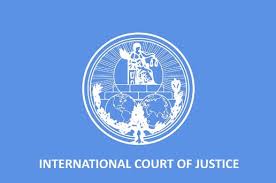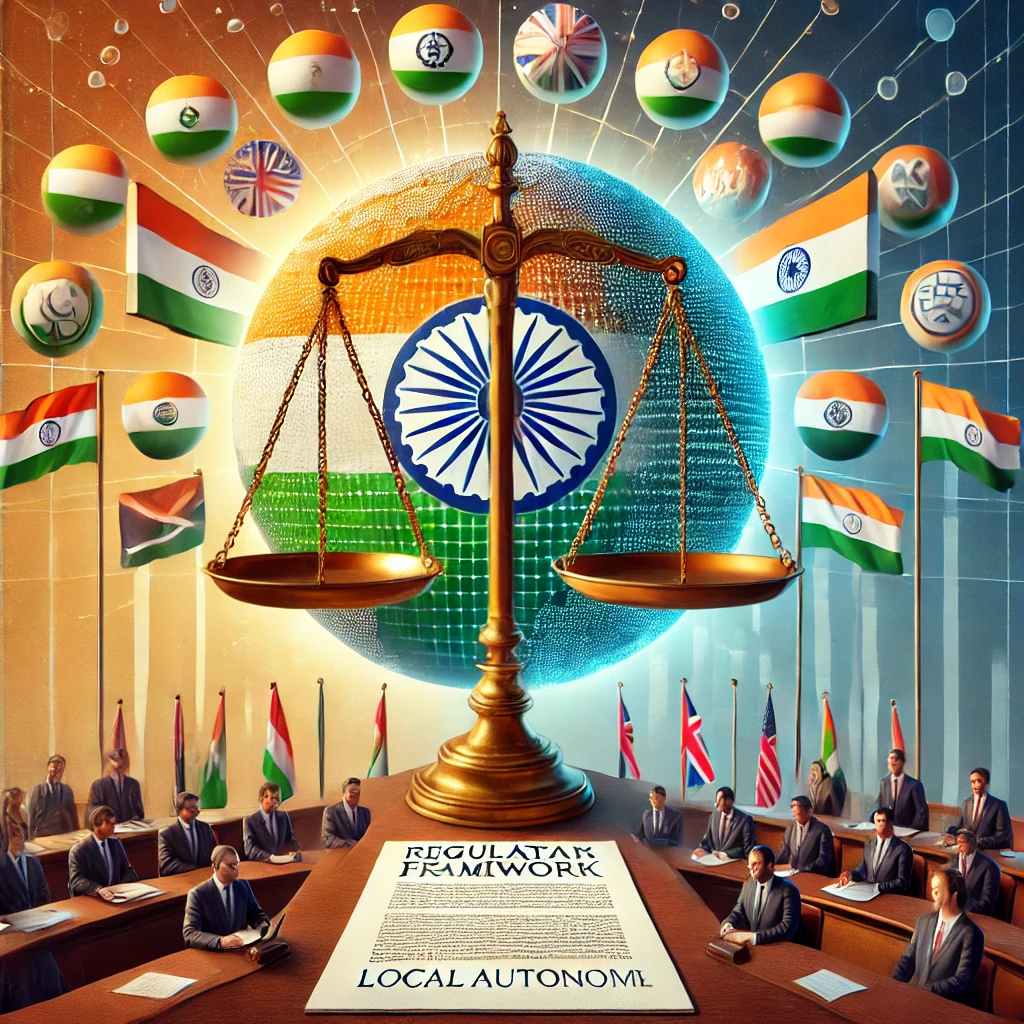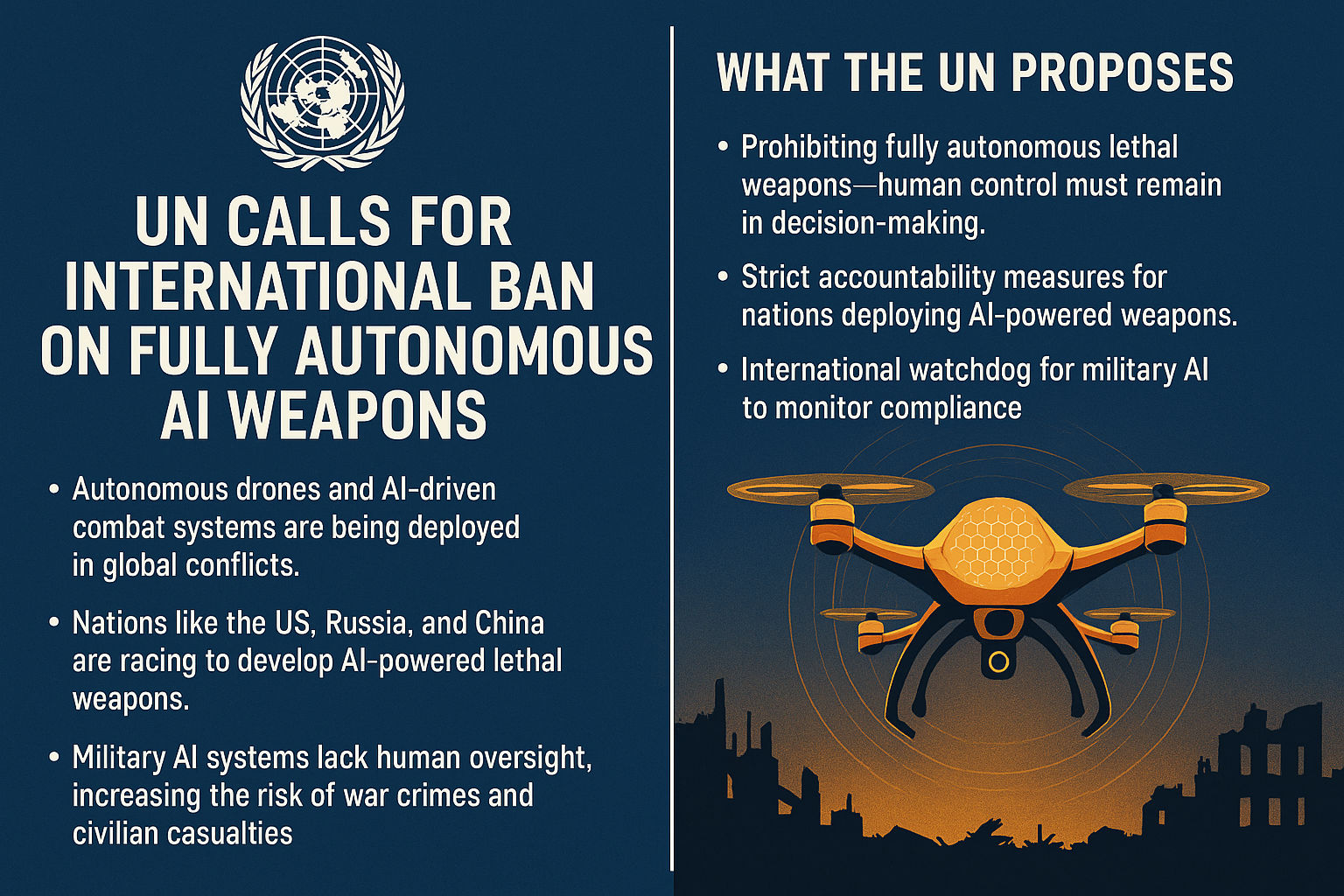Kinds of States in International Law
📘 Kinds of States in International Law
In international law, States can be classified based on different criteria such as their sovereignty, recognition status, and government structure. Here are the main kinds:
1. Recognized and Unrecognized States
Recognized States:
States acknowledged by other existing states and international organizations as sovereign entities. They enjoy full rights and privileges under international law.
Example: France, India, Japan.
Unrecognized States:
Entities that declare themselves as independent states but lack widespread recognition by other states. They may have de facto control but limited or no legal recognition.
Example: Somaliland, Northern Cyprus.
2. Sovereign and Non-Sovereign States
Sovereign States:
Possess full sovereignty, meaning supreme authority over their territory and independence in external and internal affairs.
Sovereignty is a key attribute for statehood.
Example: USA, Germany.
Non-Sovereign States (or Dependent Territories):
Do not have full sovereignty; they may be colonies, protectorates, or territories under the control of another state.
They may have limited self-government but ultimate authority lies elsewhere.
Example: Puerto Rico (US territory), Gibraltar (British Overseas Territory).
3. Member States and Observer States
Member States:
States that are full members of international organizations such as the United Nations and have voting rights.
Example: India is a member state of the UN.
Observer States:
States or entities that have been granted observer status in international organizations; they can participate in debates but lack voting rights.
Example: Vatican City is an observer at the UN.
4. Failed States
States where the government has lost control over its territory, cannot provide basic governance, or maintain law and order effectively.
Such states may exist de jure but lack effective control de facto.
Example: Somalia during its civil war years.
5. Microstates
Very small states in terms of territory and population but fully sovereign under international law.
Often have unique arrangements or protections due to their size.
Example: Monaco, Liechtenstein, San Marino.
6. Nation-States and Multinational States
Nation-State:
A state where the majority of the population shares a common nationality, culture, language, and ethnicity.
Example: Japan.
Multinational State:
Contains multiple national or ethnic groups within its borders.
Example: Russia, India.
Summary Table
| Kind of State | Description | Example |
|---|---|---|
| Recognized State | Accepted as sovereign by others | India, USA |
| Unrecognized State | Claims sovereignty, lacks recognition | Somaliland |
| Sovereign State | Full sovereignty over territory | Germany |
| Non-Sovereign State | Dependent or controlled territory | Puerto Rico |
| Member State | Full member of international bodies | India (UN Member) |
| Observer State | Participates without voting rights | Vatican City (UN) |
| Failed State | Lacks effective government control | Somalia (past) |
| Microstate | Very small sovereign state | Monaco |
| Nation-State | Majority shares one nationality/culture | Japan |
| Multinational State | Contains multiple ethnic/national groups | Russia |


























0 comments